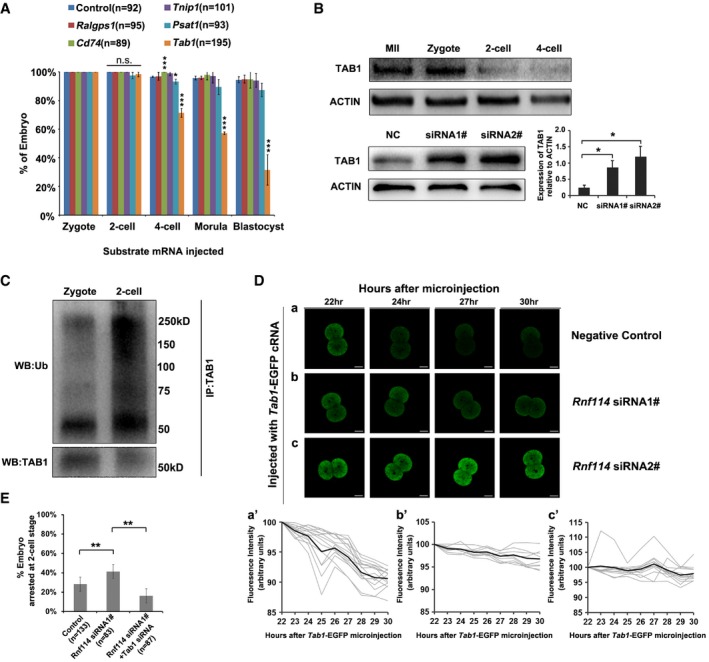Figure 4. RNF114 mainly targets TAB1 for degradation during MZT .

- Mouse zygotes were microinjected with sterile ddH2O (control group) or Ralgps1, Cd74, Tnip1, Psat1, or Tab1 mRNA. During 96–100 h of culturing, the percentages of embryos at various stages were counted under microscopy. The results show that overexpression of Tab1 impaired the early embryonic development. Three independent experiment replicates were performed, and error bars represent s.d.; *P < 0.05, ***P < 0.001 in unpaired two‐tailed t‐test.
- TAB1 reduced with mouse early embryonic development, while abnormally accumulated at two‐cell stage once treated with Rnf114 siRNAs. TAB1 was detected by Western blotting with anti‐TAB1 antibody. The relative level of TAB1 protein after Rnf114 siRNAs treatment were presented as mean ± s.e.m. (*P < 0.05 in unpaired two‐tailed t‐test, four independent experiment replicates).
- Detection of endogenous TAB1 ubiquitination at one‐cell or two‐cell stage. Endogenous TAB1 proteins were immunoprecipitated by anti‐TAB1 antibody at either one‐cell or two‐cell stage; the immunoprecipitates were detected by either anti‐TAB1 antibody or anti‐ubiquitin antibody. The results show that more Ub chains on TAB1 were detected in the two‐cell‐stage embryos than in the zygotes, when the TAB1 proteins were at comparable level.
- RNF114‐dependent TAB1 degradation during early embryo development. (a–c) Representative time‐lapse embryo images are shown for each treatment. Scale bar = 20 μm. (a'–c') Quantification of the GFP fluorescence signals for respective treatments in (a–c). n = 14, 9, or 12 for the NC, Rnf114 siRNA1#, or Rnf114 siRNA2# treatment group, respectively. Gray traces: Tab1‐GFP fluorescent signals were normalized to the first time point. Black traces: average signal of all embryos for each treatment.
- Tab1 knockdown partly rescued the early embryo development defect observed with Rnf114 knockdown. Both Rnf114 and Tab1 siRNAs were injected into the GV oocytes, then the oocytes were matured and were fertilized by IVF, and the fertilized eggs were transferred into KSOM media, cultured for 48–50 h. The percentages of embryos arrested at two‐cell stage were counted. Three independent experiment replicates were performed, and error bars represent s.d.; **P < 0.01 in unpaired two‐tailed t‐test.
Source data are available online for this figure.
